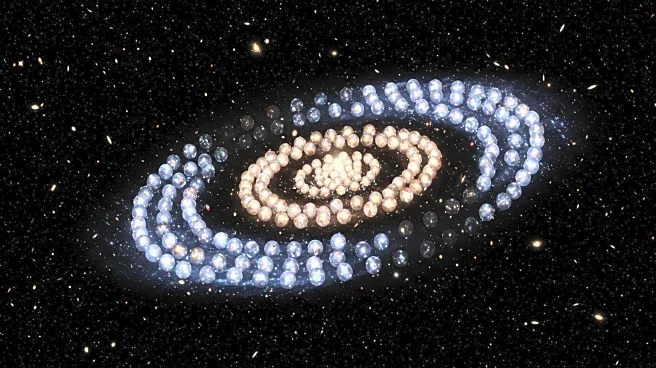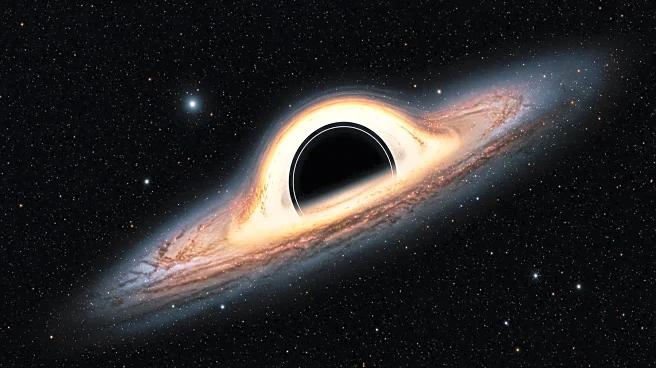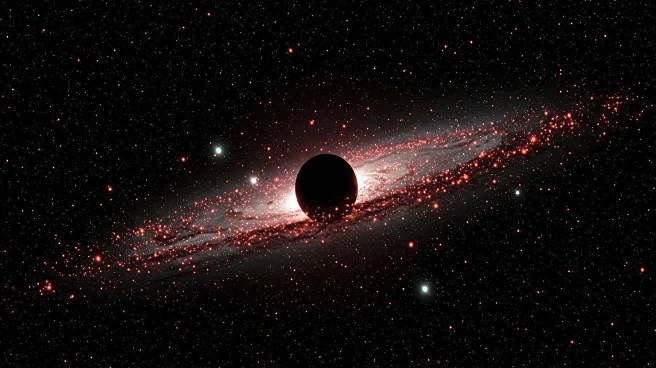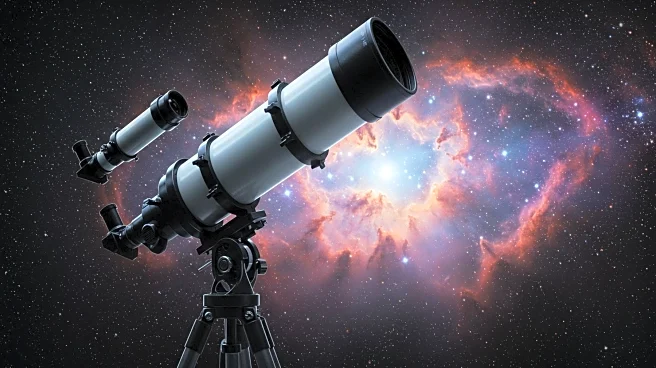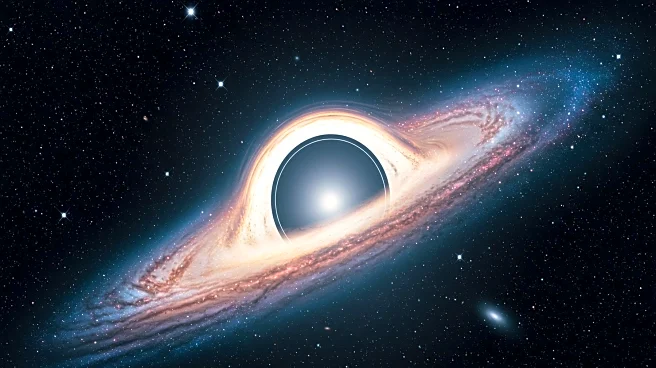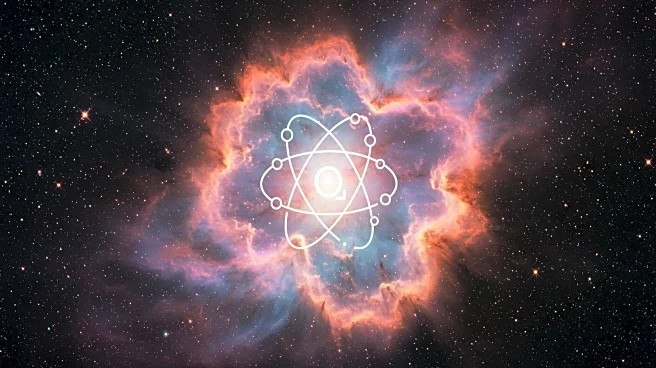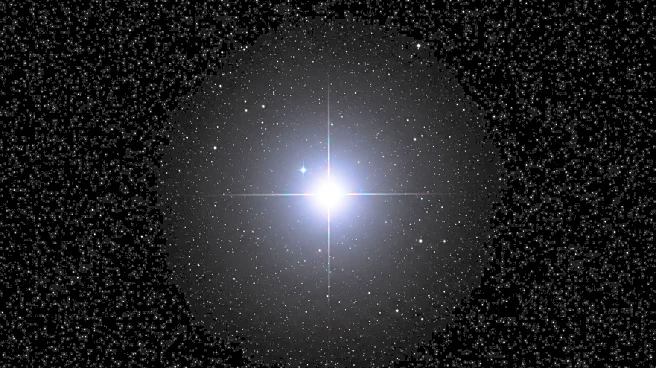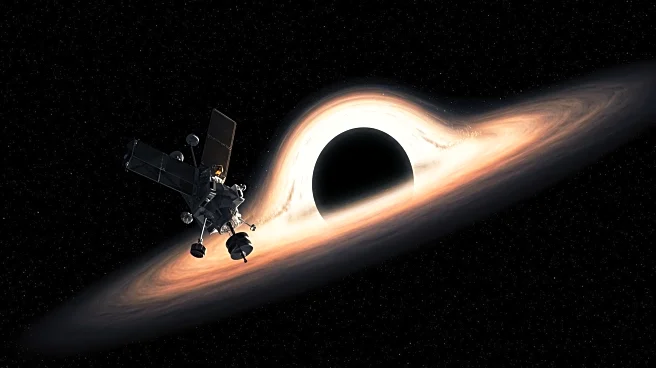Rapid Read • 7 min read
A recent survey has uncovered 250 'mini galaxies,' significantly increasing the number of known dwarf galaxies. These galaxies, which are smaller and fainter than the Milky Way, are sensitive to the universe's underlying physics and provide a unique opportunity to test theories about dark matter. The Identifying Dwarfs of MC Analog GalaxiEs (ID-MAGE) survey revealed these galaxies, many of which are similar in size to the Magellanic Clouds but much dimmer. The discovery allows scientists to study the interactions between these dwarf galaxies and their larger neighbors, offering insights into galaxy formation and the behavior of dark matter.
AD
The discovery of these mini galaxies is crucial for understanding the nature of dark matter, a mysterious substance that constitutes a significant portion of the universe's mass and energy. Dwarf galaxies, with their weak internal gravity, are particularly responsive to external influences, making them ideal for studying dark matter's effects. This research can help refine models of galaxy formation and evolution, providing a clearer picture of how the universe is structured. The findings also offer a valuable comparison to larger galaxies, enhancing our understanding of cosmic dynamics.
Deep imaging and spectroscopic follow-up observations are planned to confirm and study the 355 satellite candidates identified in the survey. These observations will be conducted using major facilities worldwide, such as the Green Bank Telescope and Gemini Observatory. The results will be shared in future publications, contributing to the ongoing exploration of dark matter and galaxy formation.
The study of these mini galaxies highlights the importance of advanced detection algorithms and deep-sky surveys in uncovering hidden cosmic structures. It underscores the role of dwarf galaxies as laboratories for testing cosmological models and understanding the universe's smallest scales. The research may also lead to new insights into the formation of satellite galaxies and their interactions with larger hosts.
AD
More Stories You Might Enjoy
